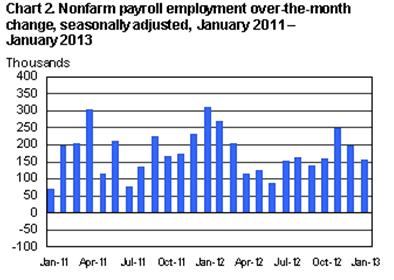SOURCE ITEMS
Why does political instability afflict Europe and the United States? The answer is that just as the great transformation of the world economy between 1850 and 1890 generated political instability, so too does the globalization of the present era. In addition, the second great transformation of the world economy is larger than the first, and thus, not surprisingly, generates greater churn. … Those countries able to keep unemployment and inequality within bounds will be more stable. The greater the levels of inequality and unemployment, the greater the political instability and the smaller the chance of achieving stable economic growth.
David W. Brady, Globalization and Political Instability, The American Interest, March 8 2016. Accessed March 24, 2016.
—————
Political instability reduces the likelihood of defining and implementing a reasonably comprehensive, coherent, and sustained economic-policy agenda. The resulting persistence of low growth, high unemployment, and rising inequality fuels continued political instability and fragmentation, which further undermines officials’ capacity to implement effective economic policies.
Michael Spence and David Brady, Economics in a Time of Political Instability, Project Syndicate, March 23, 2016. Accessed March 24, 2016.
—————
We tend to focus on the problem of the moment — the subprime crisis, the euro crisis, the China slowdown, the oil bust. But surely these events are connected. What threads link them? I’ve been collecting possible story lines for a while now. … Put these all together, and what do you get? A Great Muddle, perhaps. Some stories overlap. At least two of them contradict each other. They don’t all add up to any kind of consistent narrative.
Justin Fox, Eight Story Lines Explain the Global Economic Crisis, BloombergView, March 10, 2016, Accessed March 24, 2016.
COMMENTS
Statements about what can be done and should be done in a particular arena of human activity rest on foundation premises about how that part of our world works. These premises establish a paradigm for gathering and interpreting data about the world. They pull certain things into view and push other things out of view.
Professor Brady says we are in an era of transformation in the world economy. Everyone knows that things are changing rapidly and in big ways and Brady is far from alone in concluding that a transformation is underway. This is an important development because the term transformation connotes change that reaches past surface phenomena, change that runs deep into the machinery of a system.
Such deep-running change often exposes weaknesses in a paradigm that worked well in the past. This is the case for theories of economic growth.
The field of economics is in turmoil because of the unpredicted crisis of 2008 and the persisting economic growth stagnation. In the search for answers, the paradigmatic premise that humans act rationally is now widely questioned. But, other premises should be getting more attention.
One premise worth questioning is that systemic continuity is a given. This premise is embraced across the fields of economics and politics. It is reflected in two assertions that are widely made and widely accepted.
The first is that this time is really not different. Although a few economists have argued that the financial crisis of 2008 is unusual, the dominant view is that it is not fundamentally different from numerous other financial crises in the history of capitalism. Brady affirms this view by comparing the transformation of the world economy in our time to the transformation in the 19th century. He sees it as more destabilizing, but not fundamentally different. After the transformation has played itself out, life can return to what we call normal.
The second assertion is that government policy interventions can restore world economic growth. In the past, economic growth has stagnated and stalled, but in every case it was sooner or later restored. Now is no different. By adopting the appropriate economic policies, governments can restore economic growth to levels that restore full employment and steadily increase human wealth and well-being.
The concepts of transformation and systemic continuity do not sit together well. This is a telling juxtaposition to which economists should be giving more attention. Perhaps as I have been arguing in this blog, it isn’t bad policies that are limiting global economic growth; perhaps it is existential limits to economic growth that make all policy interventions fall short.
Perhaps economists, including Brady himself, should set aside the premise of continuity and explore all the implications of applying the concept of transformation to our current circumstances.

